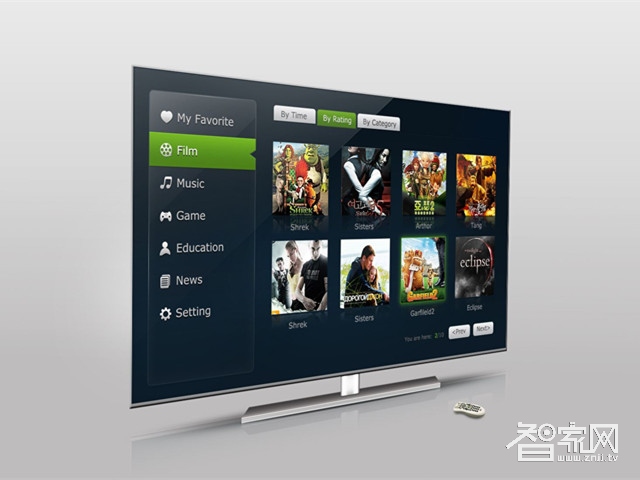Smart TVs have become the new standard in home entertainment. These devices come with open operating systems and powerful chips, integrating video, audio, gaming, and internet-based services to meet a wide range of user needs. But what are the different operating systems available for smart TVs today, and which one is the best choice?

**1. Android TV**
Android TV is currently the most popular and widely adopted smart TV system. Brands like Sony, Philips, and Sharp use it, and it comes with access to the Google Play Store, offering a vast selection of apps. While some regions may see Google services replaced due to local regulations, the Android ecosystem remains strong.
Android TV also includes TV boxes from companies like Nvidia, making it versatile. Its interface is tile-based and user-friendly, with voice search being a key feature that simplifies content discovery. Although content availability can be limited in certain markets, Android boxes allow users to install third-party apps, including game adaptations from mobile devices. This flexibility makes Android a top choice for those who value variety and ease of use.
**2. Windows OS**
Another common operating system used in smart TVs is Windows. Known for its large user base and compatibility, it's often found in high-end smart 3D TVs from brands like Changhong. Some foreign brands prefer Windows, while others, like TCL, offer a dual-system approach with both Android and Windows options. This provides users with more flexibility depending on their preferences.
**3. Domestic Smart TV Systems**
Several Chinese brands have developed their own smart TV systems. For example, Skyworth’s Tianci system, built on Linux, is highly independent, compatible, and continuously updated. It supports Android apps and enables multi-tasking across platforms. Other brands like Konka also offer custom solutions that integrate well with local content and user habits.
**4. Korean TV Systems**
Samsung has been developing Tizen OS as its own platform for smart TVs. This system allows for integration with other smart home devices through features like SmartThings. It also supports voice control and can act as a central hub for IoT devices.
LG uses Web OS, which was originally designed for mobile devices but has evolved into a fast and dynamic system for smart TVs. The interface is smooth, and the task bar performs efficiently. However, unlike Android, these systems do not natively support many mainstream apps, though they can be used with external TV boxes.
**Conclusion**
There is no single "best" smart TV system—each has its own strengths. Android offers versatility and app availability, Windows ensures compatibility, domestic systems provide tailored experiences, and Korean platforms focus on smart home integration. When choosing a smart TV, consider your usage habits, preferred apps, and how well the system integrates with your existing devices.
**Related Reading:**
- What is a Smart TV Box and How to Use It?
- Recommended: Smart Locks for Wholesale – Explore Leading Brands and Prices
LCD Video Wall,Lcd Panels for Video Wall,Digital Signage Display Lcd Screen,HD Video Wall
Shanghai Really Technology Co.,Ltd , https://www.really-led.com